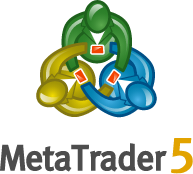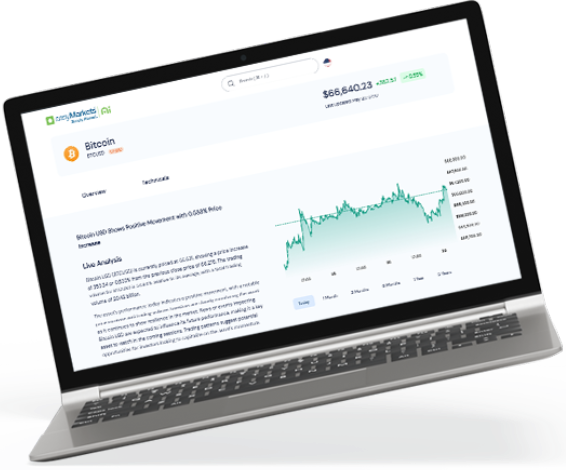Key Indicators Traders Follow
A trader’s financial calendar can be very busy if they were to try and follow every economic event that takes place. Each week we see many reports, announcements and data released by both governmental bodies and NGOs that indicate different levels of a countries economy or a particular commodity’s performance.
Luckily you won’t have to follow all of them. You may consider following announcements that are more relevant to what you are trading. For example, if you’re trading the Canadian dollar (CAD), you will want to be aware of different indicators coming out of Canada. But as the CAD is also considered a commodity-dollar due to its reliance on energy exports, you may also be on the lookout for reports on oil and gas prices.
Having said that, there are some indicators that may have the ability to shift all global markets and these should be given some attention regardless of what you are trading. Here are some of the top economic indicators to highlight on your calendar on a monthly basis.
Key Indicators to Follow
Nonfarm Payrolls (NFP)
Employment data is one of the key signals to the state of a nation’s economy. The US department of labour and statistics releases the previous month’s employment figures on the first Friday of every new month. These include an unemployment report and the NFP. The more people in work mean more money to spend and circulate which is a good thing for the health of the economy. Traders follow this indicator closely as a rise or drop against expectations may mean big moves in the markets.
Purchasing Managers Index (PMI)
Released by the Institute for Supply Management, this report surveys 400 purchasing managers on new orders, inventory levels, production, supplier deliveries and the employment environment. Though it is a relatively small sample size that is primarily focussed on manufacturing, it has historically shown to be a good predictor of Gross Domestic Product.
Producer Price Index (PPI)
As well as the CPI, the Producer Price Index is also a key measure of inflation as it notes the rate of change in producer goods. A rise in PPI means increased costs for corporations which will pass the price increases onto consumers. Both CPI and PPI are often taken into account without food and energy which have highly volatile prices changes.
Oil Prices
Announcements from agencies like the US Energy Information Association (EIA) are given a lot of attention. Oil and energy in general are key to economic activity so price levels give important insights into the health of an economy. Higher prices of oil lead to higher prices of other goods that require energy to be manufactured. As well as being key in the distribution of goods, oil is also a key ingredient in many goods themselves.
Consumer Confidence Index (CCI) and Retail Sales
Consumer spending is directly linked to corporates’ bottom line. The Conference Board release this report which survey’s 5,000 households in the US and measures perceptions on the state of the economy and their personal spending power. The more confident people feel about the future, the more likely they are to spend. While CCI is forward looking, another confidence figure, Retail Sales, looks at historical shopping levels. It measures consumers demand for goods and is an important macroeconomic indicator for a contracting or expanding economy.
Consumer Price Index (CPI)
The CPI is a measure of the change in consumer prices and is a signifier of inflation. Essentially it shows if life is getting more or less expensive for the consumer. The CPI is a key inflation figure that central banks monitor closely and apply changes to their fiscal policies based on what is reported. Central banks aim to encourage economic growth and bring stability to their nation’s currency and this is measure by the rate of change in inflation. By keeping an eye on CPI, investors can get forewarnings on possible future moves on the bank’s monetary policies.
Durable Goods Report (DGR)
This report surveys manufacturers of goods that have a life expectancy of three plus years and is a reliable indicator for the health of heavy industry. A high reading shows an increase in business confidence stemming from a rise in consumer confidence.
Housing Starts / Building Permits / New Home Sales
These last indicators are good measures on the overall growth of an economy. Building or buying a house is a very large purchase for most consumers making these reports important indicators to how solid an economy’s growth is both currently and in the future.














